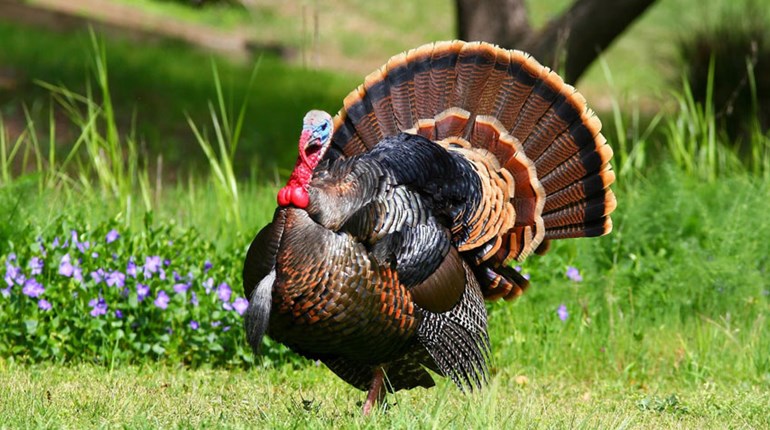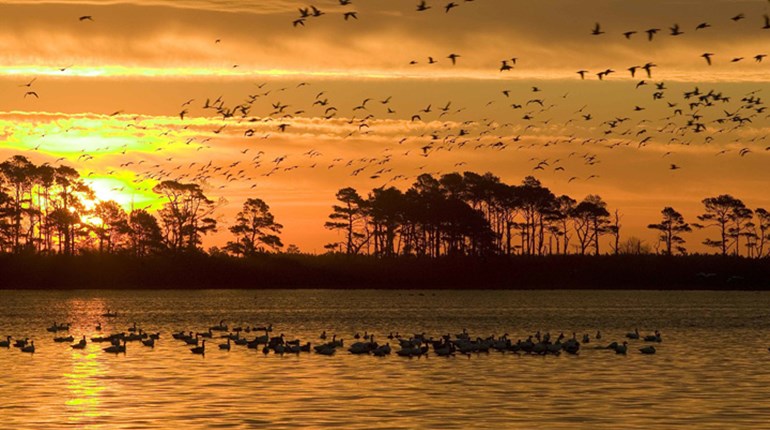
It seems the mainstream media is finally catching on to something that upland bird and waterfowl conservationists have been screaming about for years: Ethanol production is proving disastrous for prairie habitat.
According to calculations by the Associated Press (AP), 1.2 million acres of prairie grassland have already been destroyed by America's "green energy" policy, which requires oil companies to blend billions of gallons of corn ethanol into their gasoline. In fact, fuel—not food—was the top use of corn in 2011, 2012, and nearly 2013. That's driven corn prices sky high (they've more than doubled since Congress adopted the new policy in 2007) and led farmers to do the economically sensible thing: Dig up prime waterfowl and upland bird habitat in favor of planting corn.
“It’s not hard to do the math there as to what’s profitable to have,” South Dakota farmer Robert Malsam told the AP. “I think an ethanol plant is a farmer’s friend.”
The ethanol policy was adopted in the name of fighting global warming, but the farming practices used to generate ethanol may actually increase pollution. According to the AP: "... Plowing into untouched grassland releases carbon dioxide that has been naturally locked in the soil. It also increases erosion and requires farmers to use fertilizers and other industrial chemicals. In turn, that destroys native plants and wipes out wildlife habitats."
I would certainly categorize ethanol production among the gravest threats to prairie habitat and to the future of upland bird and waterfowl populations. If its proponents truly care about wildlife or soil and air quality, they'll fight alongside sportsmen to scrap it.


































